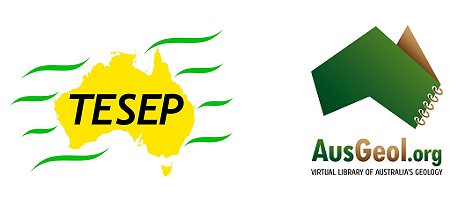
Metamorphic rocks are formed when existing rocks are exposed to high temperatures and/or pressures.
The original rock is called the protolith and could be an igneous rock, a sedimentary rock or an existing metamorphic rock.
In most cases the chemical composition of the rock does not change during metamorphism but new minerals may form and the appearance of the rock may change.
The effects of metamorphism can be complex and depend on the composition of the original rock and the pressure and temperature that the rock has be subjected to.
Many different metamorphic styles are recognised but metamorphic rocks can be divided into two basic classes:
- Contact metamorphism – occurs where rocks are heated to high temperatures, usually at low pressure. This typically happens to rocks next to a large igneous intrusions. The effects of contact metamorphism usually only extend for a short distance from the cooling igneous rock.
- Regional metamorphism – rocks are altered by high temperatures and / or high pressures usually deep within the earth. Regional metamorphism can affect large volumes of the crust and typically happens beneath new mountain ranges.
Watch this informative video to learn more:
Metamorphic rocks are usually denser than the original rock, may contain new minerals, and develop structures such as foliations and folds.
- Foliations develop when the new minerals that grow in the rock line up in sheets that are oriented at 90 degrees to the maximum force applied to the rock.
- Folds are bends that develop when original layers in the rock are compressed in a direction parallel to the layers.
Folds and foliations are used by geologists to interpret the forces that were acting on the rock at the time it was metamorphosed.
Of the three basic rock groups, metamorphic rocks have the most complex textures and mineralogy and they are the most difficult to identify and interpret.
This rock is an example of a high grade metamorphic rock called a gneiss (pronounced 'nice'):
Discover more about contact metamorphic rocks here.
Discover more about regional metamorphic rocks here.
| Minerals | Rock Cycle | Igneous Rocks | Sedimentary Rocks | Metamorphic Rocks |

A joint TESEP - AusGeol.org production.
This educational product is designed for Yr 7-10 secondary students to complement the earth and space component
of the Australian National Science Curriculum and all Australian State and Territory curricula
The content and design of this educational product is based upon materials previously published by AusGeol.org